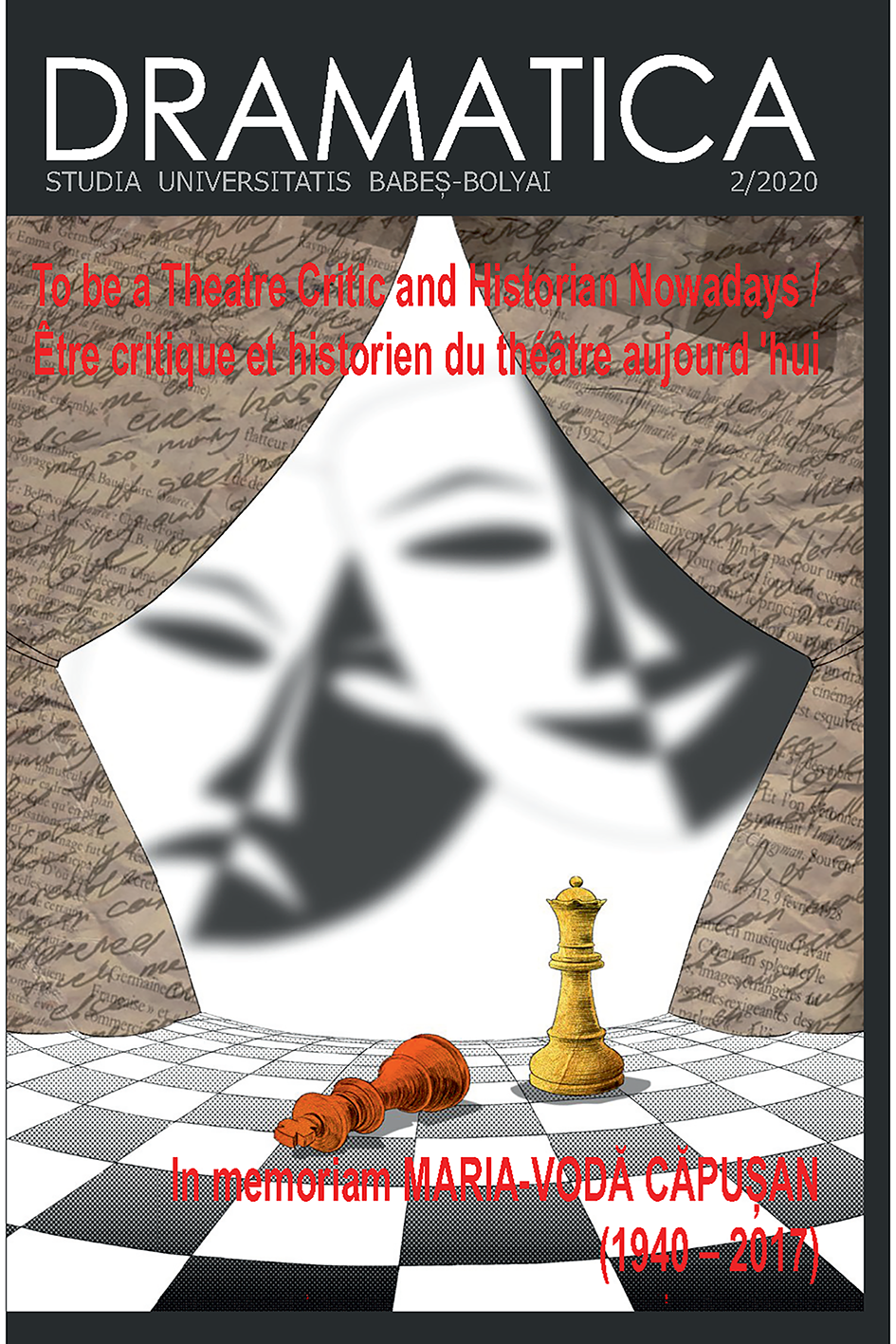La déconstruction théâtrale chez Ionesco
Keywords:
theatrical conventions, theatre of the absurd, deconstruction, reader, spectator.Abstract
Theatrical Deconstruction in Ionesco’s Works. Eugène Ionesco makes his appearance in the second half of the 20th century’s dramaturgy with a series of infractions that upset the idea of literature and theatre. Whilst working on the stereotypes of those two domains, he violates theatrical conventions in his first plays, making impossible any kind of contract with the reader/spectator and upsetting their expectations. Therefore, first he shocks his audience and then he conquers it, when the reader/spectator’s perplexity is superseded by the lesson of the absurd. Ionesco and his fellow playwrights – Samuel Beckett, Arthur Adamov, Jean Genet – give deep meanings to the absurd (or in other terms, the lack of sense) and give a literary aspect to the philosophical concept in order to convert it into a theatrical movement. I will study three plays in particular – The Bald Soprano, The Lesson and The Chairs – given the fact that they embody the type of deconstruction made by Ionesco in his art’s construction. My analysis is based on literary pragmatics.
References
Ducrot, Oswald. Dire et ne pas dire. Paris : Hermann, 1972.
Eco, Umberto. Lector in fabula. Bucarest : Univers, 1992.
Genette, Gérard. Palimpsestes. La littérature au second degré. Paris : Seuil, 1982.
Grice, Herbert Paul. « Logique et conversation », Communications, no 30 (1979) : 57-72.
Ionesco, Eugène, La Cantatrice chauve suivie de La leçon. Paris : Gallimard, Collection Folio, 1972.
Ionesco, Eugène. Théâtre, tome II. Paris : Gallimard, 1958.
Moffet, Jean-Denis, Je pense donc j’écris. Saint-Laurent : ERPI, 1993.
Mustățea, Alexandrina, « La Communication vide dans le théâtre de Ionesco », Recherches ACLIF, Jeux et enjeux de la communication (im)possible, Actes du XVIe Séminaire de Didactique Universitaire, Constanța, 2009 (ISSN 1842-7278, www.editura echinox.ro).
Downloads
Published
How to Cite
Issue
Section
License
Copyright (c) 2023 Studia Universitatis Babeș-Bolyai Dramatica

This work is licensed under a Creative Commons Attribution-NonCommercial-NoDerivatives 4.0 International License.


